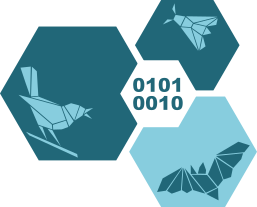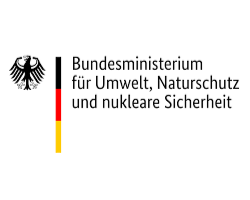Overview:
The report sheds light on two key questions that have been debated for years in German-speaking countries:
How does the combined effect of rotor diameter and turbine height affect the collision risk for bats? And:
How much additional information can be gained by installing additional microphones on the tower of the wind turbine for nacelle monitoring (i.e. the acoustic detection of bats in the rotor area)?
Results - short & sweet
Based on data collected by tower microphones and other acoustic and thermal imaging data, the horizontal and vertical distribution of bat activity at wind turbines was described
and an improved correction formula for calculating collision victims was derived.
The findings gained from an additional tower microphone can also be verified by comparing them with the results of this formula.
According to the available data, sampling the nacelles of as many wind turbines as possible in most wind farms is more efficient than additional tower measurements when it comes to reducing forecast uncertainty. This applies throughout Germany, but especially in the southern regions.
However, it is recommended that additional surveys be carried out at the tower for wind turbines if they have a rotor-free space of less than 30 m, as well as for wind turbines located near large colonies of bat species at risk of collision or areas of land use which, for example, due to the availability of food, causes very high bat activity close to the ground, and whose rotor-free space is less than 60 m.
In addition to the question of the tower microphone, various precipitation sensors were also tested as part of the investigation, with two devices providing reliable and plausible data. Based on this, a flat-rate limit value of 5 mm/h for precipitation intensity is recommended, which can be reduced to up to 2 mm/h based on the data.
The full report is available for free download in the BfN script collection ↗ (only available in German)
Co-authors & sponsors
The report was compiled jointly by UMIT Tirol and oikostat GmbH.
The project was managed by the Naturstiftung David. Technical support was provided by the Federal Agency for Nature Conservation (BfN).
The project was funded by the Federal Agency for Nature Conservation (BfN) with funds from the Federal Ministry for the Environment, Nature Conservation, Nuclear Safety and Consumer Protection (BMUV) (FKZ: 3521 86 0300).






